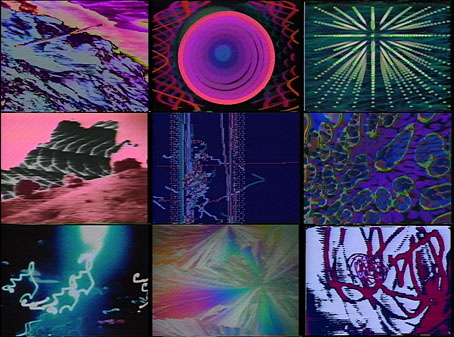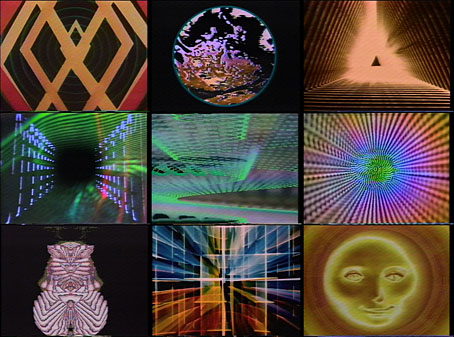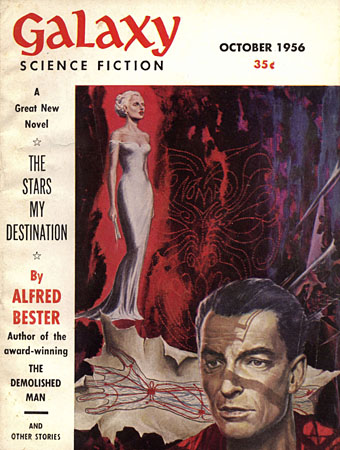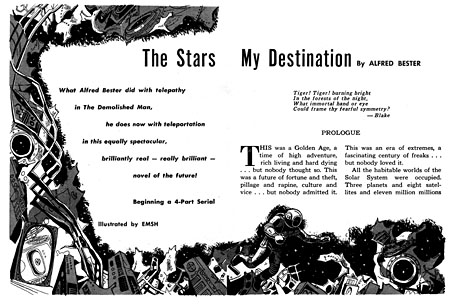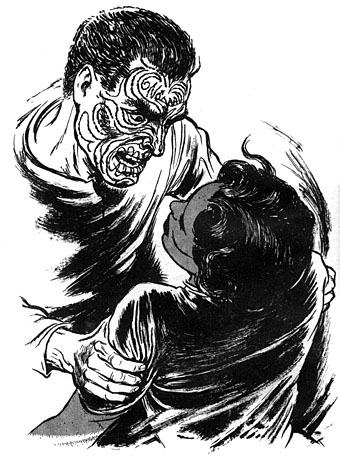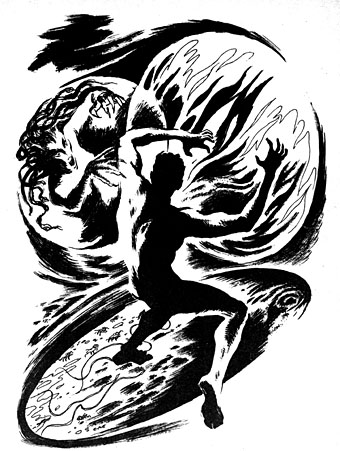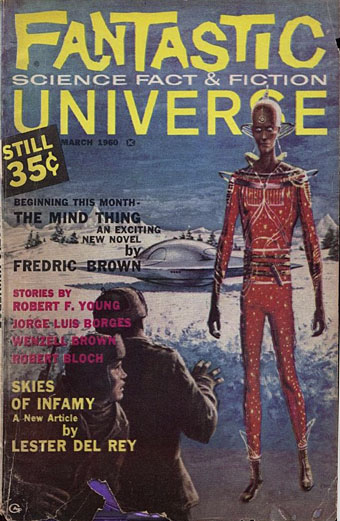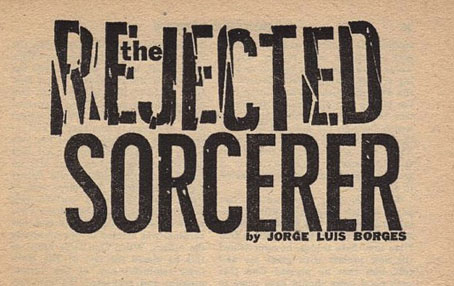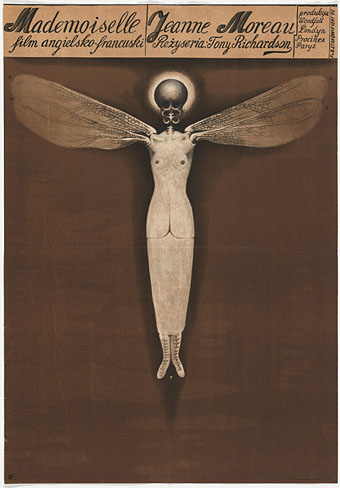More psychedelia-adjacent visuals. California Images (1985) is another of those video collections that pairs computer graphics and animation with music that’s mostly electronic, 54 minutes of cathode exotica aimed at armchair psychonauts with video-recorders. This one was produced by Pilot Video, and is subtitled “Hi-fi for the Eyes”, the term “hi-fi” doing a lot of work there for an NTSC video cassette. The quality, artistic as well as technical, may not be first-rate but I’m still pleased to see videos like this being resurrected. As I’ve said before, nobody would want to reissue these compilations today, especially the present example whose contents don’t always work well together.
All the pieces are presented as separate shorts rather than running into each other, with most of them being very simple computer animation or the products of video feedback plus video synthesis. On the visual side, many of them seem to have had the slit-scan lightshow from 2001: A Space Odyssey as their ideal, while their soundtracks are mostly New-Age synth burblings which range from the okay to the mediocre. Between these clips are a couple of other items which don’t suit the hippy-trippy mood at all, especially the one titled Speed, several minutes of nocturnal driving footage accompanied by harsh industrial rhythms more suited to the TV Wipeout collection released by Cabaret Voltaire in 1984. Oddest of all is the inclusion of Oskar Fischinger’s Allegretto (1936), a classic of abstract animation whose meticulous artistry puts to shame many of the other offerings. The collection ends with Ed Emshwiller’s Sunstone (1979), one of the earliest attempts to push computer animation beyond pattern-making. Emshwiller’s luminous faces look towards the digital future. I remain partial to analogue video effects, however, and Electric Light Voyage, aka Ascent 1, is still my favourite of all the TV lightshows I’ve seen to date. The search for more like this one will continue.
Elsewhere on { feuilleton }
• The abstract cinema archive
Previously on { feuilleton }
• Dazzle
• The Gate to the Mind’s Eye

